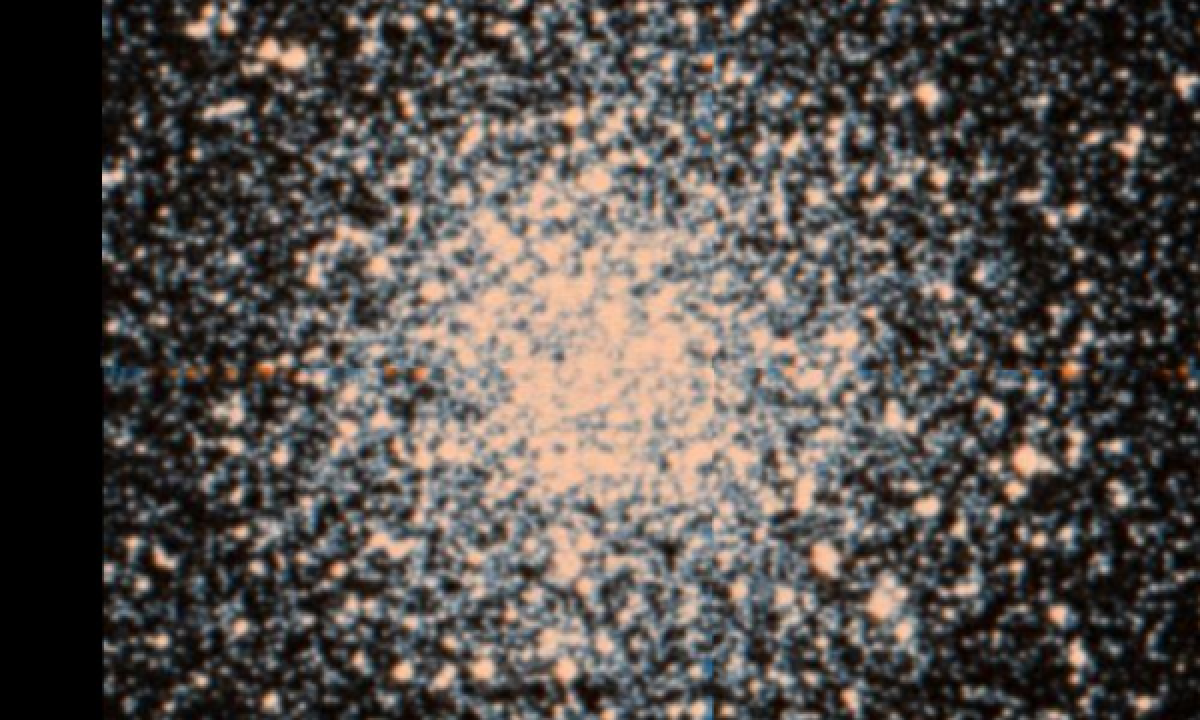The New General Catalogue of Nebulae and Clusters of Stars (abbreviated as NGC) is a catalogue of deep-sky objects compiled by John Louis Emil Dreyer in 1888. The NGC contains 7,840 objects, known as the NGC objects. It is one of the largest comprehensive catalogues, as it includes all types of deep space objects, including galaxies, star clusters, emission nebulae and absorption nebulae.
Know more about NGC
NGC 3201

NGC 3201 (also known as Caldwell 79) is a low galactic latitude globular cluster in the southern constellation of Vela. It has a very low central concentration of stars. This cluster was discovered by James Dunlop on May 28, 1826 and listed in his 1827 catalogue. He described it as "a pretty large pretty bright round nebula, 4′ or 5′ diameter, very gradually condensed towards the centre, easily resolved into stars; the figure is rather irregular, and the stars are considerably scattered on the south". The radial velocity of this cluster is unusually high at 490 km/s, larger than any other cluster known. This corresponds to a peculiar velocity of 240 km/s. While high, this is lower than the escape velocity of the Milky Way galaxy. It is located at a distance of 16,300 light years from the Sun and has an estimated mass of 157,000 times the mass of the Sun. This cluster is about 10.24 billion years old. The stellar population of this cluster is inhomogeneous, varying with distance from the core. The effective temperature of the stars shows an increase with greater distance, with the redder and cooler stars tending to be located closer to the core. As of 2010, this is one of only two clusters (including Messier 4) that shows a definite inhomogeneous population.
More Images:

Sources:
Wikipedia Page: NGC 3201
NGC 3201 at In-The-Sky website
